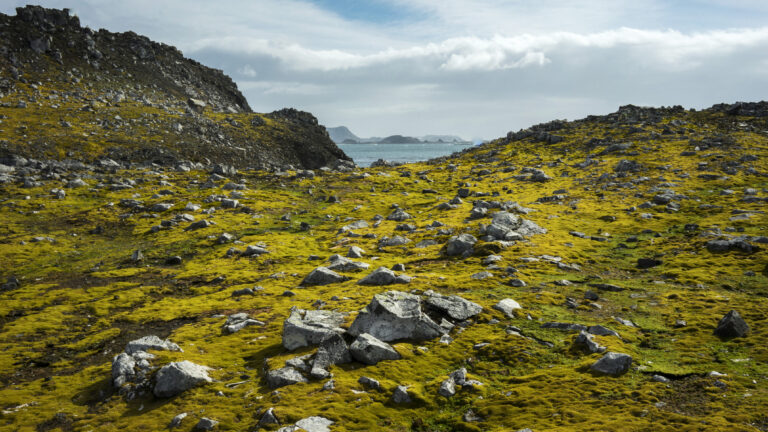Greening of Antartica shows how climate change affects the frozen continent

When satellites first started peering down on the craggy, glaciated Antarctic Peninsula about 40 years ago, they saw only a few tiny patches of vegetation covering a total of about 8,000 square feet—less than a football field.
But since then, the Antarctic Peninsula has warmed rapidly, and a new study shows that mosses, along with some lichen, liverworts and associated algae, have colonized more than 4.6 square miles, an area nearly four times the size of New York’s Central Park.
The findings, published Friday in Nature Geoscience, based on a meticulous analysis of Landsat images from 1986 to 2021, show that the greening trend is distinct from natural variability and that it has accelerated by 30 percent since 2016, fast enough to cover nearly 75 football fields per year.



